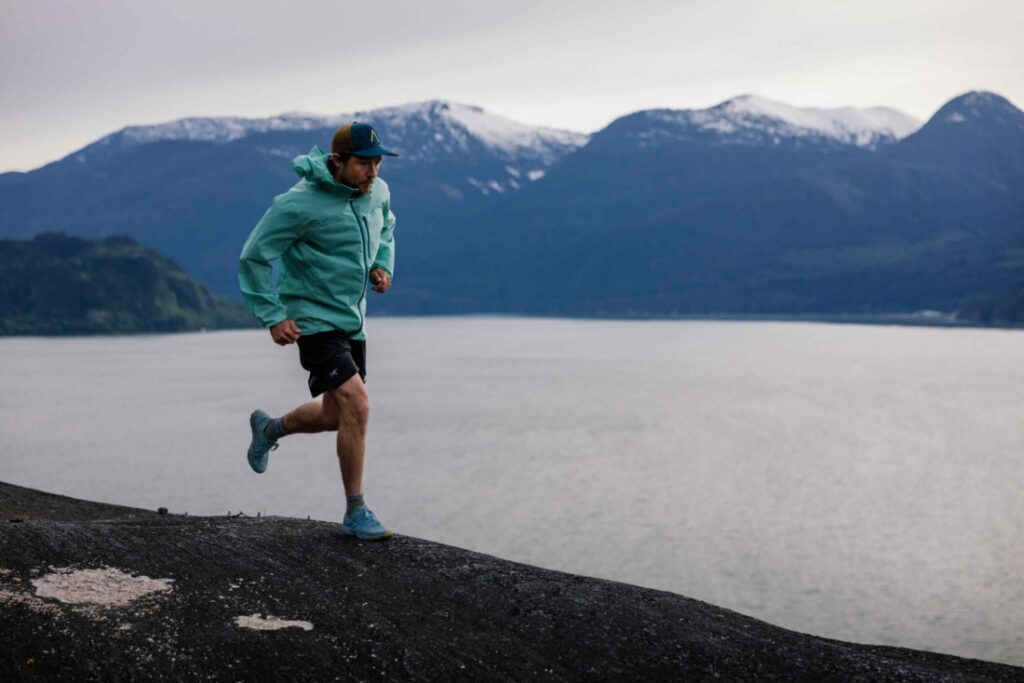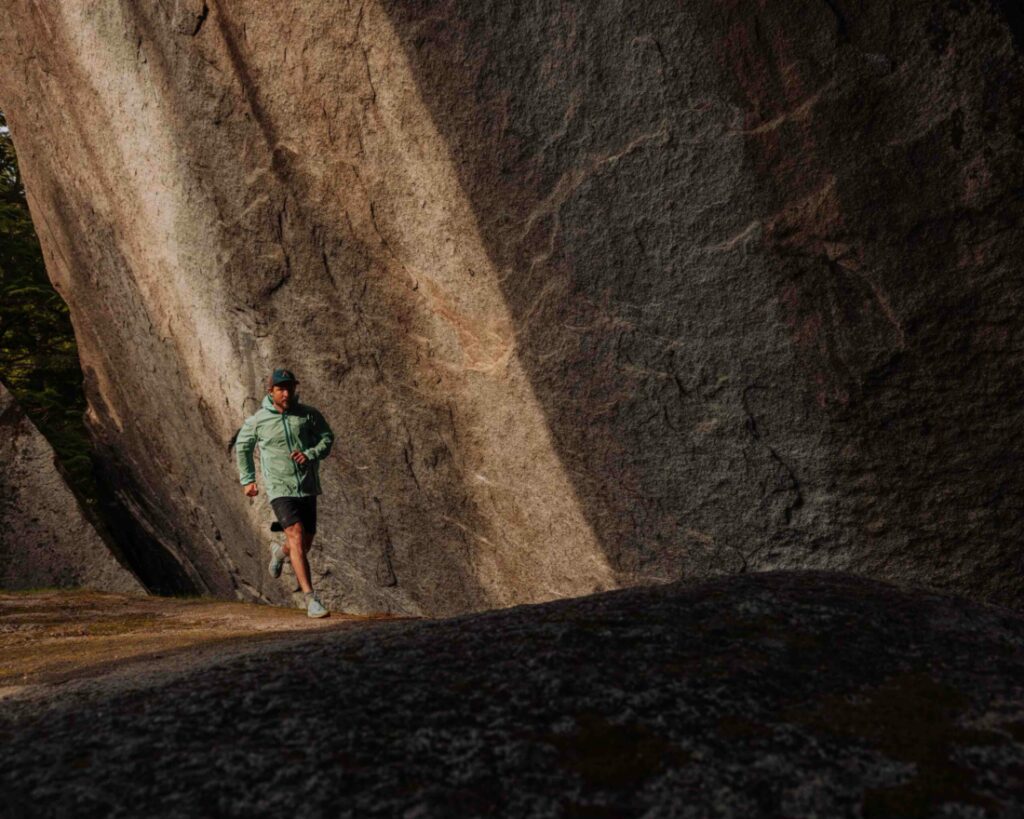Canadian ultrarunner Adam Campbell’s tips for returning to running after injury
Adam Campbell has 25 years of experience and some unique wisdom about how to safely return to running
 Photo by:
Michael Overbeck
Photo by:
Michael Overbeck
Alberta’s Adam Campbell has been a professional endurance athlete for more than 25 years. These days Campbell enjoys exploring his limits in beautiful places. Over his decades of experience, Campbell has dealt with numerous injuries, from overuse niggles to life-threatening trauma.
During periods of injury, Campbell says he shifts his focus to trying to get back to doing the things he loves as quickly as possible, without compromising the recovery process. Here are his tips for returning to running after an injury.

Don’t “test” the injury
Make sure you are in fact OK to run, rather than heading out to see if your injury has healed yet. “The best bit of advice I’ve heard was from the legendary [triathlete] Mark Allen: ‘When you feel better, wait a day.’ It is sound, long-term advice.”
Have a return-to-run plan, and stick to it
Follow your return-to-run plan, even if you’re tempted to add more to your training schedule. Campbell suggests supplementing with complementary non/low impact aerobic work, if you must. The point here is not to build fitness, it’s to regain your ability to run pain-free, correct imbalances and avoid compensation injuries. From that you can build back your ability to train.

Do your first few runs back in a controlled environment (and solo)
A treadmill, a track or a grass field are great options so that you can stop or return home immediately if things start to act up. “Don’t run with a group, where you may feel pressure to run at a certain pace or distance,” suggests Campbell. A coach or physiotherapist watching you is fine.
Don’t run with ear pods
Running with no distractions helps you to tune in to your body, which is important when you have taken some time off. Campbell explains that running may feel weird at first. “Try to visualize good form, and run that way,” he suggests. “At the same time, don’t analyze your body into a state of creating or holding onto injuries. Bad neural connections can form when we are afraid of getting injured again.” Campbell suggests filming yourself running, and analyzing the video with your support network.

Warm up properly
Campbell suggests some easy running paired with active mobility to make sure your body is limbered up before you start your run. “Think about good form, and stick to your plan,” he says. Walk breaks are a good option if needed. “Walk/runs are great ways of getting back into running,” Campbell says.
Post-run, be honest with yourself about how it went. “If things still feel off, take more time off running,” Cambell suggests. If things do go well, Campbell recommends building back progressively. “Don’t jump back into your pre-injury miles or paces; work your way back up to them.”

Stay diligent with a rehab and prehab routine
“Don’t get lazy with that, just because things feel better,” Campbell says. Keep doing what helped you heal your injury as you move forward through the return-to-run process.


